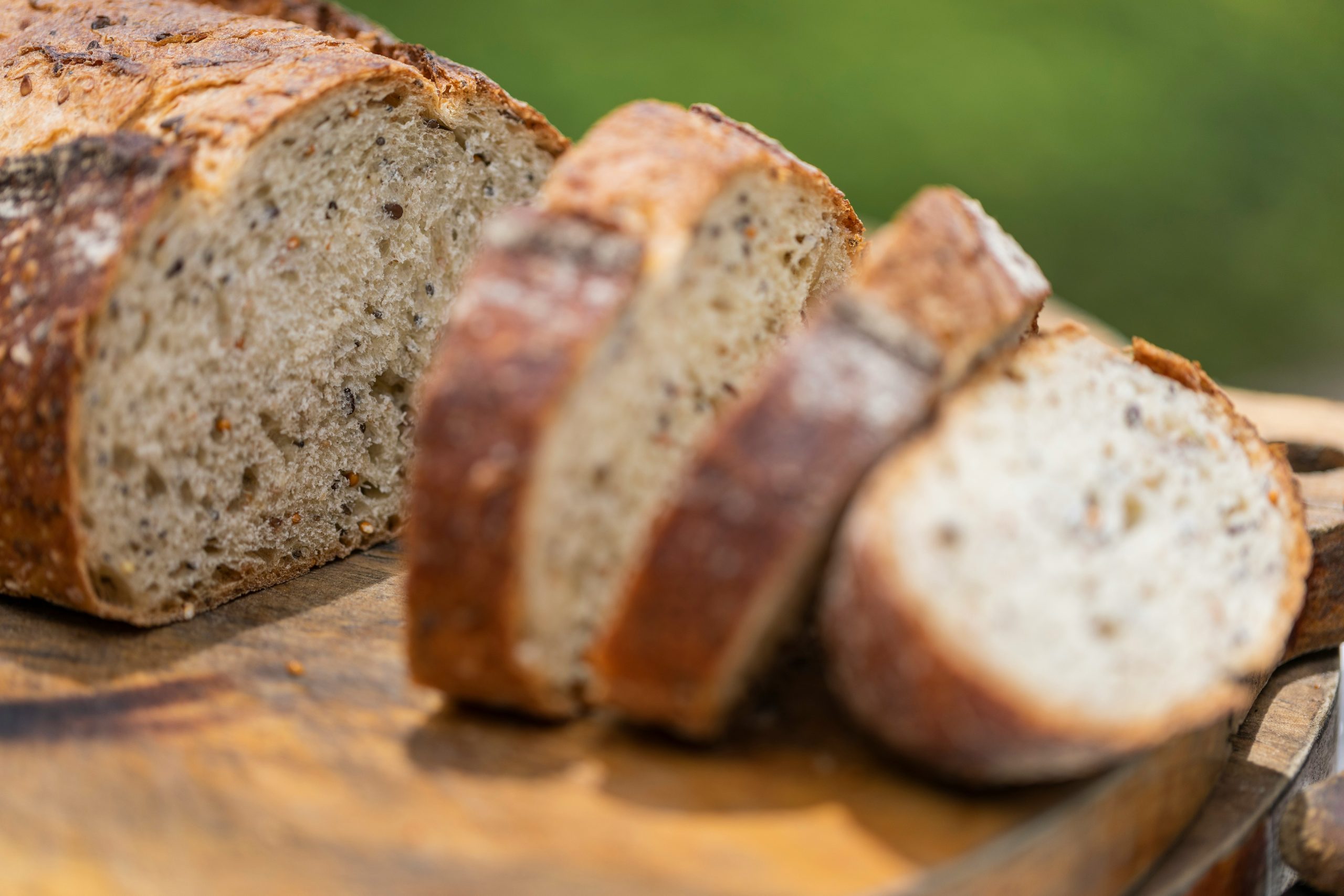**1. Why Whole Wheat Bread is Better: Rich in Dietary Fiber**
Whole wheat bread is made from unrefined whole wheat flour, making it much higher in dietary fiber, vitamins, and minerals than white bread, which is made from refined flour. Among these, ‘dietary fiber’ plays a key role in blood sugar management. Fiber slows down digestion, which in turn moderates the speed at which the carbohydrates in bread are converted to glucose and absorbed into the bloodstream.
**2. The Difference in Glycemic Index (GI)**
– **White Bread:** Has a high GI of about 70-75, causing a rapid and sharp rise in blood sugar.
– **100% Whole Wheat Bread:** Has a relatively low GI of about 50-55, leading to a slower and more stable rise in blood sugar.
**3. How to Choose Whole Wheat Bread Wisely**
– **Check for ‘100% Whole Wheat’:** Don’t just pick a bread because it says ‘wheat’ on the package. Some products mix in only a small amount of whole wheat and add brown coloring to make it look like whole wheat bread. Always check the ‘ingredients list’ to confirm it says ‘100% whole wheat’ or that ‘whole wheat’ is the very first ingredient.
– **Portion Control is Essential:** Whole wheat bread is still a carbohydrate food, so you must control your portion size to no more than 1-2 slices at a time.
Summary: Thanks to its abundant dietary fiber, 100% whole wheat bread raises blood sugar more gradually than white bread, making it a much better choice for people with diabetes. However, portion control is still important.


Leave a Reply